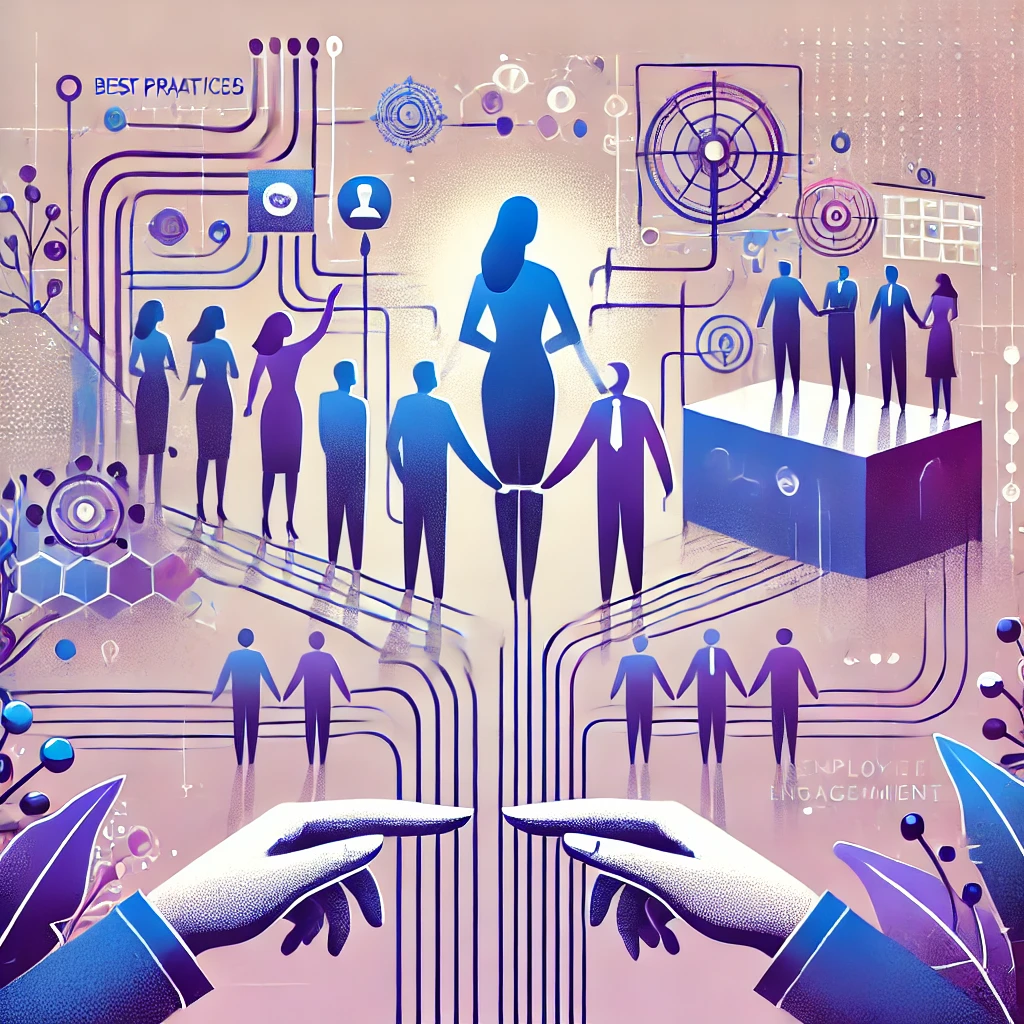The Gamification Edge: ROI Secrets For Leaders
In an era where employee engagement directly influences the bottom line, gamification emerges as a transformative strategy. By integrating game mechanics—such as points, badges, and leaderboards—into workplace processes, organizations can foster motivation, enhance performance, and drive measurable returns.
Understanding the ROI of Gamification
Gamification transcends mere entertainment; it’s a strategic tool that aligns employee behaviors with organizational goals. By making tasks more engaging, it taps into intrinsic motivators, leading to increased productivity and satisfaction.
Research underscores its efficacy
Productivity Boost: Organizations that have implemented gamified training programs report significant improvements in employee performance and engagement.
forbes.com
Enhanced Engagement: Gamified platforms have been linked to higher levels of employee participation and enthusiasm, which are critical drivers of business success.
Improved Retention: Companies utilizing gamification strategies often see a reduction in turnover rates, as employees feel more connected and valued.
“Engaged employees are more productive, profitable, safer, create stronger customer relationships, and stay longer with their company.”
— Gallup
Key Metrics to Evaluate Gamification ROI
To assess the impact of gamification, CEOs should monitor:
Employee Engagement Scores: Track changes in engagement levels pre- and post-implementation.
Performance Metrics: Evaluate improvements in productivity, quality of work, and customer satisfaction.
Retention Rates: Monitor turnover statistics to determine if gamification contributes to employee retention.
Training Completion and Effectiveness: Assess whether gamified training modules lead to better knowledge retention and application.
“Measurement is one thing; what you measure is another.”
— Jim Harter, Chief Scientist of Workplace Management and Well-Being, Gallup
Strategic Implementation for Maximum ROI
To harness the full potential of gamification:
Align with Business Objectives: Ensure that gamified elements support and reflect the company’s strategic goals.
Customize the Experience: Tailor gamification strategies to fit the unique culture and needs of the organization.
Foster a Culture of Recognition: Use gamification to acknowledge and reward employee achievements, reinforcing desired behaviors.
Leverage Data Analytics: Continuously analyze engagement data to refine and improve gamification strategies.
Final Thoughts
Investing in gamification is not just about making work fun; it’s about driving tangible business outcomes. By thoughtfully integrating game mechanics into the workplace, CEOs can unlock higher levels of employee engagement, productivity, and profitability.
“The only way to do great work is to love what you do.”
— Steve Jobs
References
https://www.forbes.com/councils/forbestechcouncil/2020/05/21/game-on-how-gamification-pragmatically-impacts-the-future-of-cybersecurity-training/
https://www.gallup.com/workplace/236927/employee-engagement-drives-growth.aspx
https://www.forbes.com/councils/forbestechcouncil/2024/12/05/ai-and-gaming-how-virtual-worlds-are-shaping-our-future-solutions








